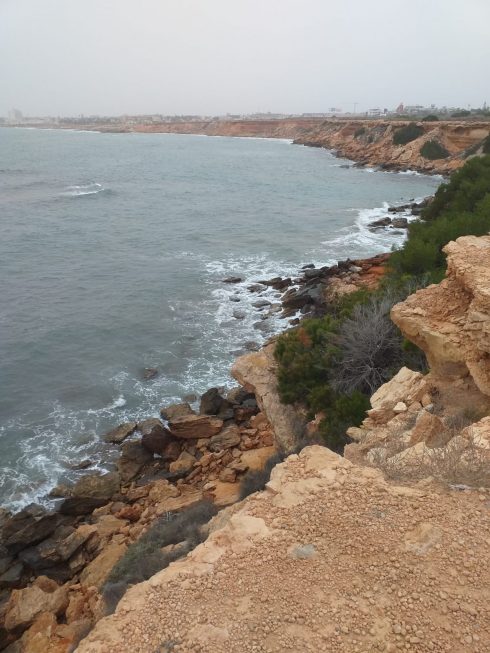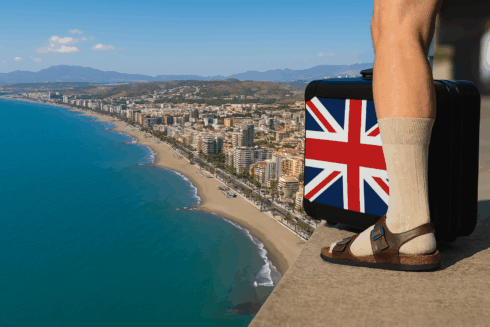THE NIGHT of Saturday 3 June marked the start of one of Granada’s most famous and historical events. Attracting thousands of visitors annually, the fiesta of Corpus Christi is an important part of the city’s cultural history. The celebrations were inaugurated shortly before midnight, with some rainfall doing nothing to deter the revellers. The event runs until 11 June.
The main event is the huge ‘feria’, which takes place in Almanjáyar, to the north of the city, and has all the fun of a typical Spanish ‘romeria’. There are 67 ‘casetas’ – booths where people can enjoy music, food, drink and dancing. There’s also a fairground area with rides, as well as colorfully-decorated horses and carriages parading through the grounds. This is the ideal place to wear the flamenco dress you’ve stashed in the wardrobe since last year.



As well as the main fairground, Granada is lighting up some other public areas to celebrate the week-long event, and there are various activities in the city’s Bib Rambla. The fiesta program features bulls, theatre, live performance and, of course, religion.
You can download the program here.
A rich history
Corpus Christi has a long history. It’s based around a Christian feast to celebrate the Eucharist: the body and blood of Jesus Christ in the sacrament of the Holy Communion (this follows Spain’s main Communion month of May). The Granada event can be traced to the 16th century, when the city was under Moorish rule.
In 1492, two Catholic monarchs, Ferdinand and Isabella, conquered Granada, as part of the ‘Reconquista’ to vanquish the Moors. Afterwards, the Catholics wanted to establish Christian celebrations for the population. Granada’s first recorded Corpus Christi procession took place in 1497, involving brotherhoods, clergy, and aristocrats parading through the streets carrying religious effigies.
Over the centuries, the event grew in size and stature. Elaborate processions became the norm, and the streets were bedecked with colourful decorations, flowers, and special tapestries. To this day, the city’s residents like to mount ‘alfombras’ (carpets).
Typically, the ‘Feria del Corpus Christi’ is held near the start of June, shortly after the annual religious procession. As well as the more traditional elements, you’ll see humorous carnival caricatures (‘tarascas’ and ‘carocas’) made by the ‘Granadinas’.
An accessible feria
The ‘Recinto Ferial de Almanjáyar’ is easily accessible via the A-44 motorway, the city bus station, or by taxi, and has ample public parking. Granada is providing extra bus services to transport people to the fairground.
Unlike at Seville’s ‘feria’, entering the ‘casetas’ is free of charge. You’ll find booths run by institutions, traditional flamenco-style booths, and private hospitality booths – you can’t enter those. The whole site is lit by many bulbs and lanterns, and part of the fairground has been reformed to make the pathways between attractions easier for pedestrians.
Hints and tips
- Don’t leave valuables inside your car or park in the backstreets of Almanjáyar.
- Take enough cash for the day – especially if you’re visiting fairground rides with eager juniors.
- Take enough snacks and drinks for the family if you don’t want to fork out on food stalls.
- If you might be tempted to ‘have it large’ at the party booths, booking accommodation in Granada and ordering a taxi is clearly best.
- Dress to impress.
READ MORE
Day trip from Sevilla: Coria del Rio
Spain’s Cordoba patios close with record number of visitors – but with homework pending in generational handover
Click here to read more Granada News from The Olive Press.








